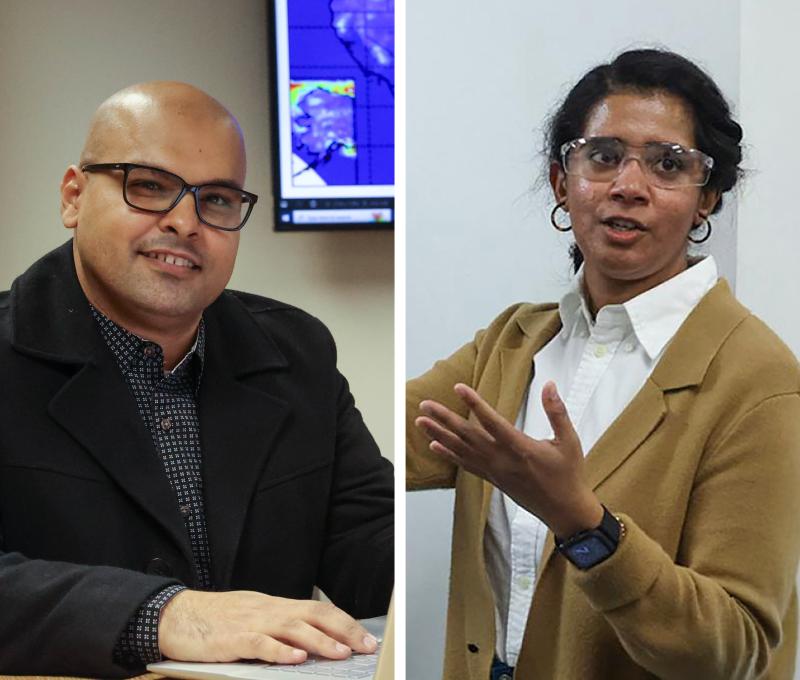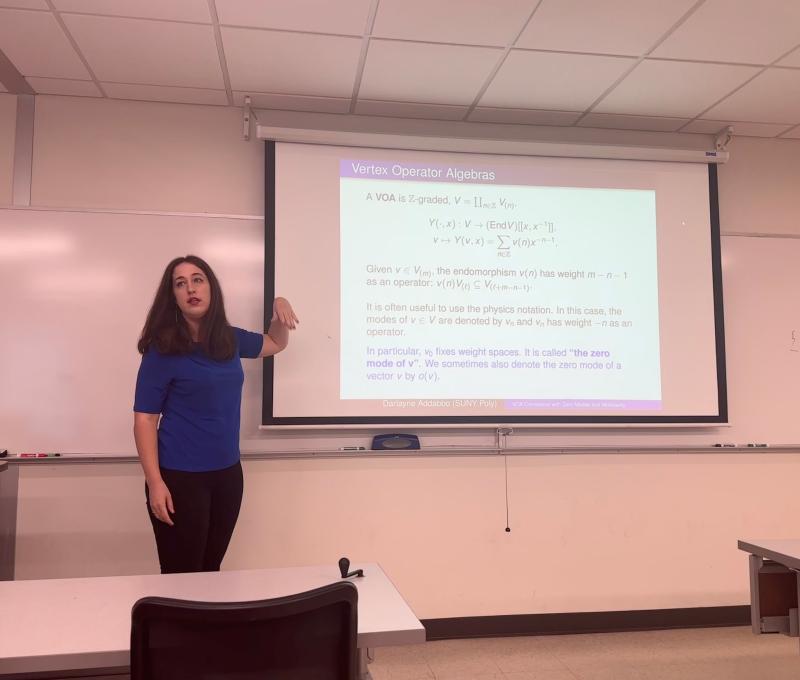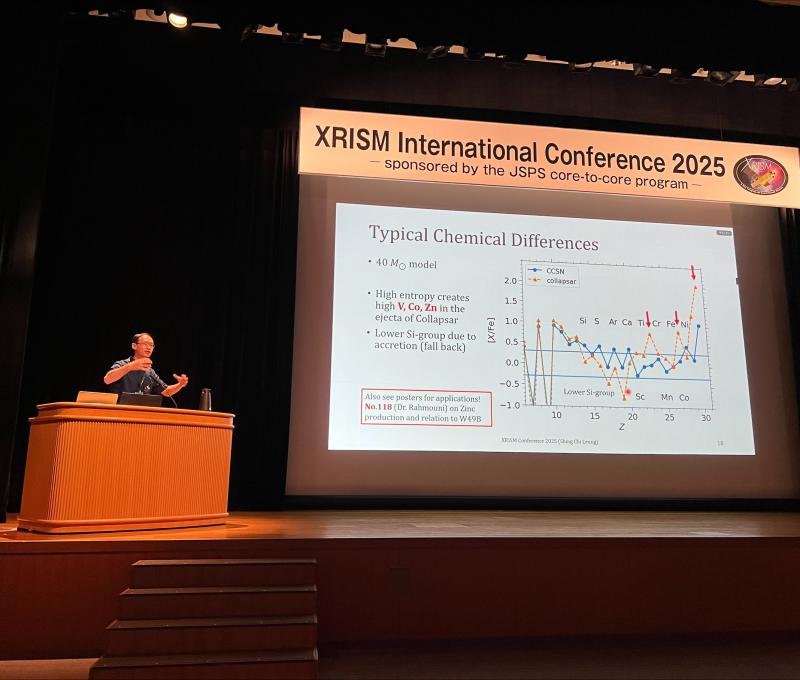Dr. Ana Jofre Publishes Digital Project Featured in Oxford Research Encyclopedia

SUNY Polytechnic Institute (SUNY Poly) Assistant Professor of Creative Arts and Technology, Dr. Ana Jofre, recently collaborated with Dr. Rosa Bruno-Jofre, a Professor of History of Education at Queens University on a digital project titled, “Jesuit Vision of Education 1540-1773.” The project, which provides an interactive narrative on the history of the Jesuits' international network of schools and colleges, from the Jesuits' foundation in 1540 to their suppression by the Pope in 1773, was recently published in the Oxford Research Encyclopedia and in a Brazilian journal.
This particular study is the first chapter of a much wider historical analysis of pedagogical ideas and movements in western education. According to Jofre, it takes a longue durée approach, which means that it sweeps over a long time-span in history. So, the first chapter starts in the Renaissance, where it shows that one of the first networks of school systems is established by the Jesuits in the context of colonial expansion.
“I decided to collaborate with my mom [who is a historian of education] on this book to see if there are ways to make her work more friendly and accessible to a wider public, and to experiment with different modalities of communicating academic works,” Ana explains. “This project is a small part of a bigger project funded by the Social Science and Research Council of Canada, which will culminate in a book that seeks to provide a broad history of the whole endeavor of education. The funded project is entitled ’Giving the Past a New Meaning to Re-Imagine the Future.’ One driving question for the project is - How did we come up with the school systems that we have? This first chapter examines one part of the puzzle, which the is the global network of Jesuit schools that were established along with processes of colonization starting in the sixteenth century.”
The digital project has two parts: a geo-spatial map and a concept map. Rosa’s research on the Jesuits shows a wide global reach, and Ana’s work visualized the geography (though there are still lots of points missing on the map as there were hundreds of schools). Ana’s concept map is an effort to rewrite the paper in a way that is interactive and captures the non-linearity of historical discovery.
“There are clear ways to translate quantitative information into visual forms through data visualization, but it is an interesting challenge to think of how textual qualitative information can be translated to a visual and interactive format,” said Ana. “The next chapter in the book examines the mid-nineteenth century until the mid-twentieth century and will cover the history of the Kindergarten, the development of modern pedagogies, and the establishment of educational states. I will be collaborating throughout the writing of this book to create interactive digital sections for each chapter.”
To view the digital project, click here.







